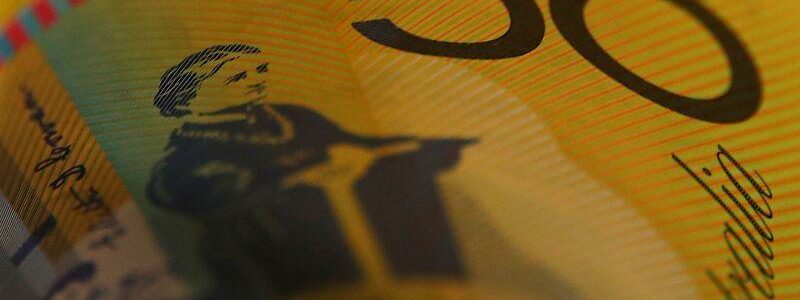
Aussie, pound soar on reflation bets; dollar struggles
LONDON (Reuters) – The dollar struggled at multi-year lows against the Antipodean currencies and held near a one-month low versus the euro as reflation trades gripped the currency markets on Wednesday.
Federal Reserve Chair Jerome Powell reiterated on Tuesday that U.S. interest rates will remain low and the Fed will keep buying bonds to support the U.S. economy. The dollar resumed its decline towards the lows recorded at the start of the year after a brief rally in late January.
Money flowed from safe havens like the dollar, Swiss franc and the Japanese yen towards currencies expected to benefit from a pick-up in global trade, and to countries like Britain that are recovering quickly from the coronavirus pandemic.
“The extension of weakness in safe-haven currencies such as the Swiss franc appears consistent with building confidence in the global economic recovery,” MUFG strategists said in a note.
Some notable moves were seen in the currency markets this week. The franc weakened below 1.10 francs per euro for the first time since the end of 2019, with a global rise in bond yields also curtailing the appeal of the safe-haven currencies.
The dollar’s weakness in recent days has been more remarkable as it comes against the backdrop of a broader rise in U.S. yields. Benchmark 10-year borrowing costs are holding near their highest in nearly a year. [US/]
The dollar’s rise in January was largely driven by investors cutting back on record-high short bets and a rise in U.S. nominal yields. The latest weakness comes amid growing confidence in a global upswing as a global vaccine rollout to combat the coronavirus pandemic accelerates.
“In periods like this, global improvements in GDP growth prospects, which is dollar-negative, are more important than the rise in US nominal yields, which is dollar-positive,” said Vasileios Gkionakis, head of FX strategy at Lombard Odier & Cie.
The dollar index against a basket of six major currencies was at 90.111, near the six-week low of 89.941 it reached overnight.
“Risk appetite has improved a lot, and this leaves the dollar at a big disadvantage,” said Junichi Ishikawa, foreign exchange strategist at IG Securities.
The Australian dollar, which tends to benefit from rising metal and energy prices, rose to a three-year high of $0.7945 before paring gains to trade 0.1% stronger at $0.7914.
The euro bought $1.21495, close to the one-month high of $1.2180 set overnight. The British pound climbed past $1.42 overnight for the first time since April 2018.
(Graphic: YTD FX performance, )
Source: Read Full Article